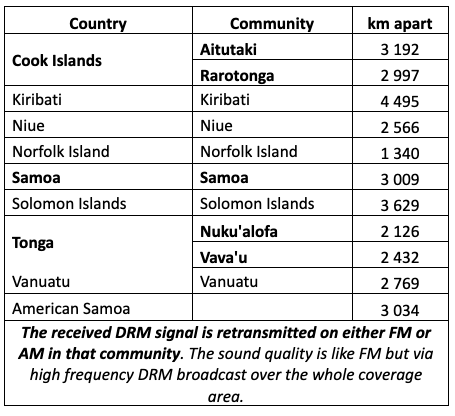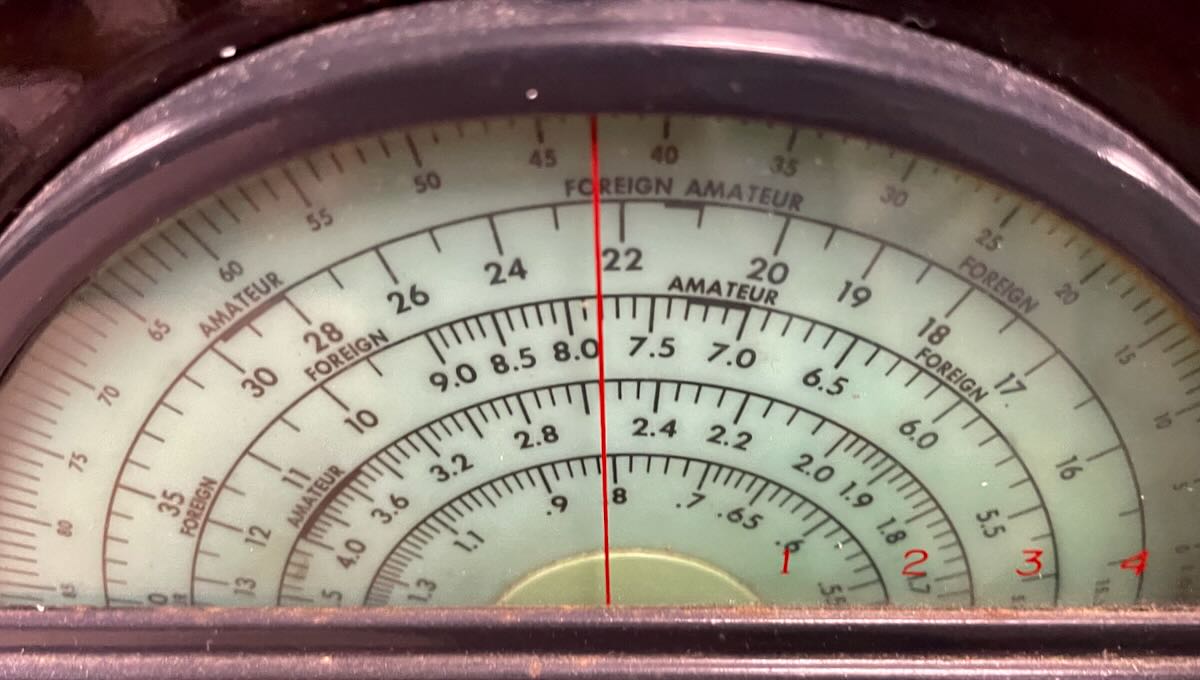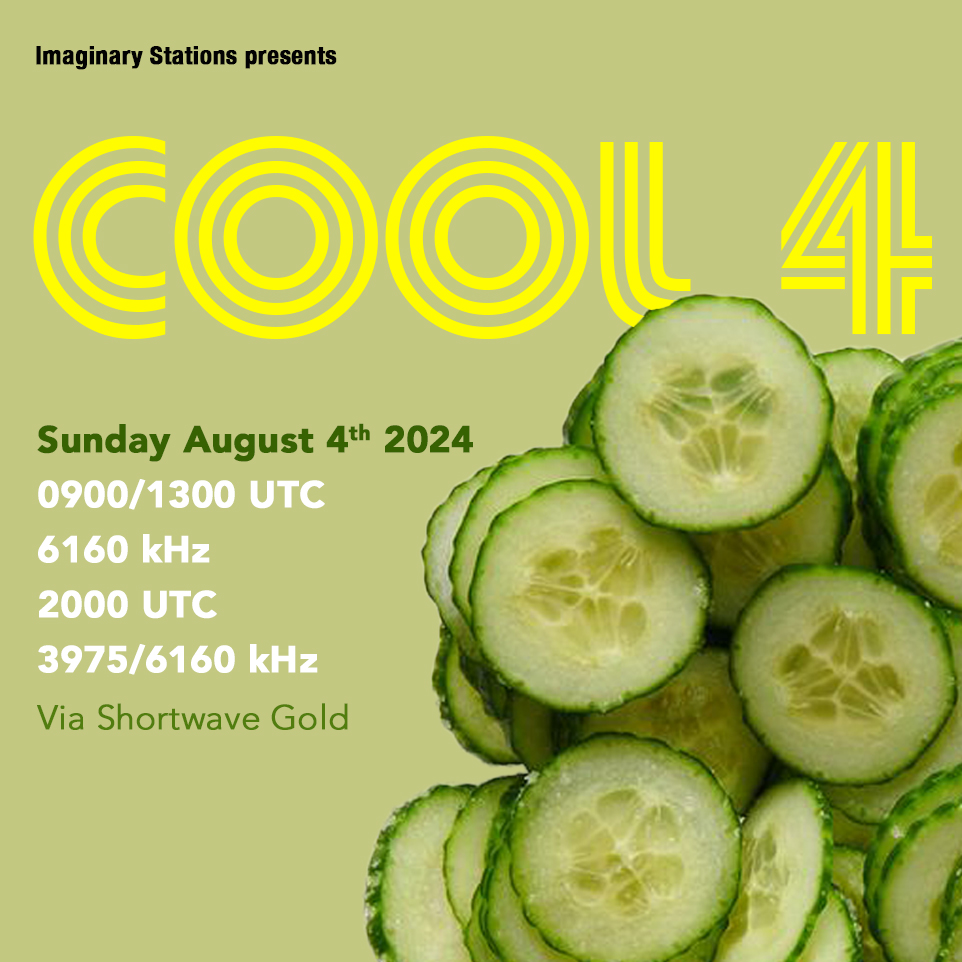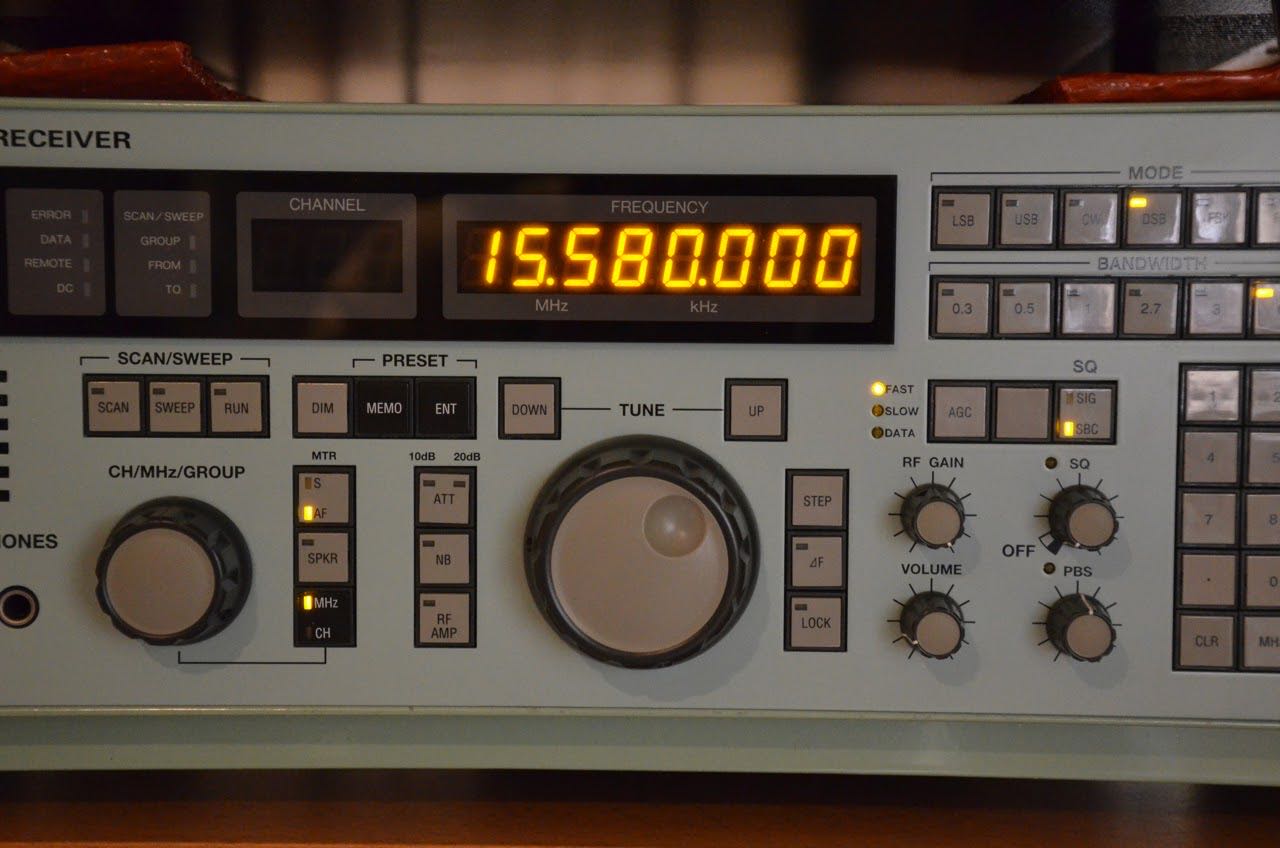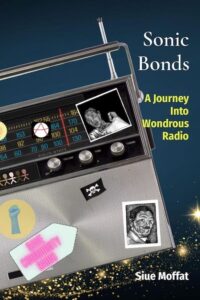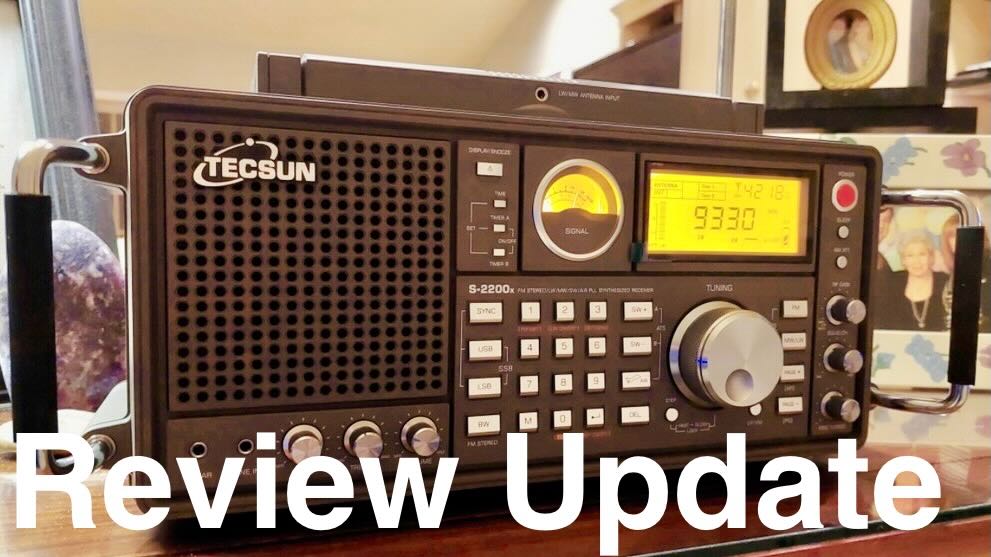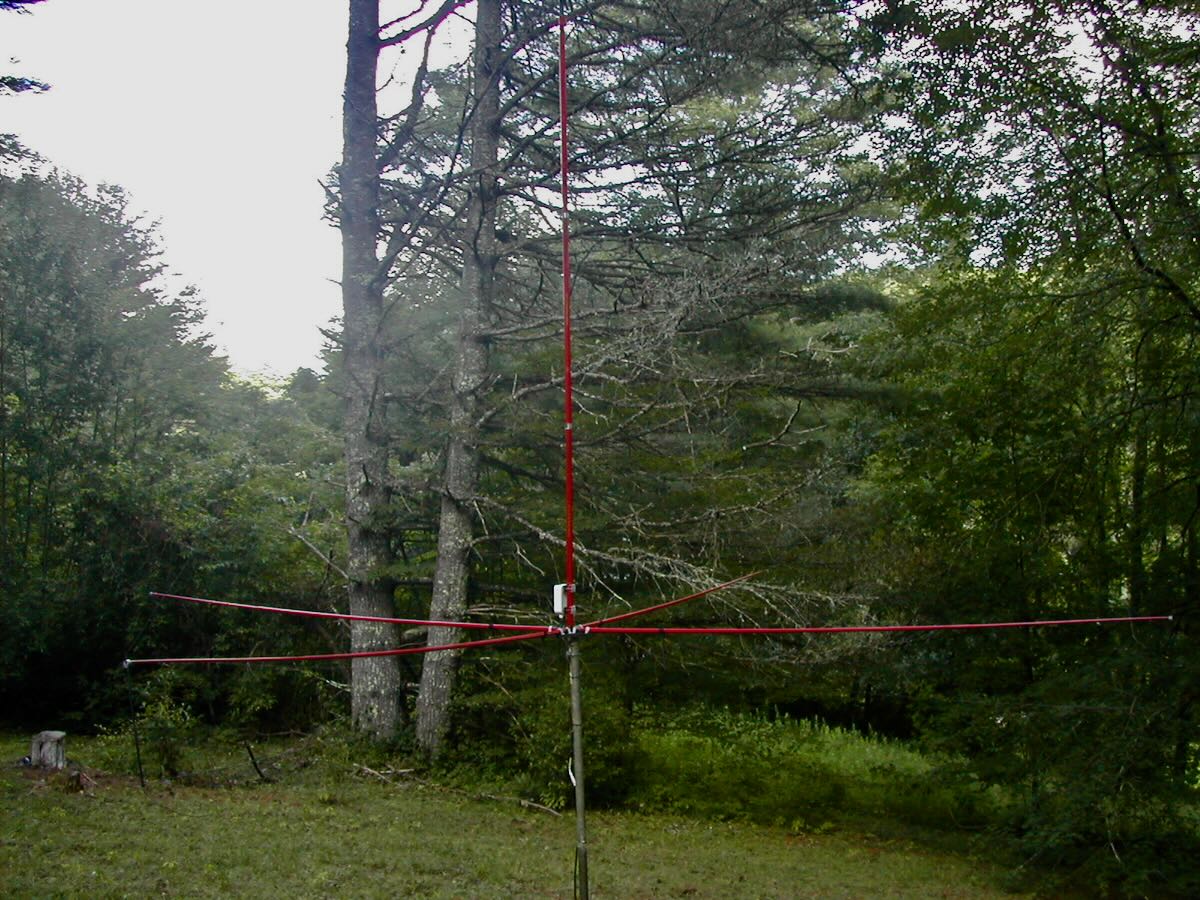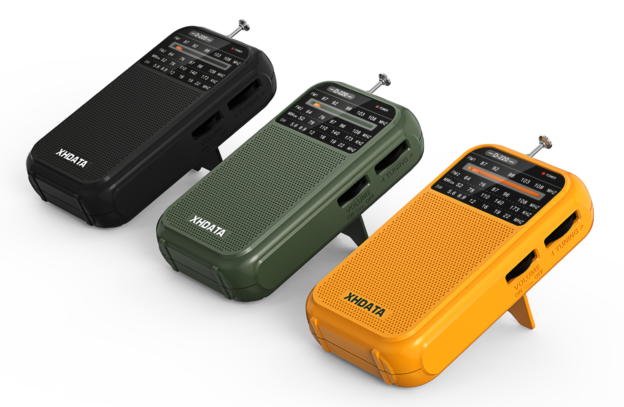 Many thanks to SWLing Post contributor, David Iurescia, who shares the following news release via the DRM Consortium:
Many thanks to SWLing Post contributor, David Iurescia, who shares the following news release via the DRM Consortium:
DRM RNZ Shortwave Transmitter For Pacific Inaugurated
On August 1st the New Zealand Deputy Prime Minister and Foreign Minister came to RNZ House in Wellington to mark the start of the use of the new analogue and DRM transmitter, replacing a 34-year-old transmitter at the Rangitaiki broadcast site.
In a $4.4-million-dollar project, the public broadcaster RNZ has installed a new Swiss-made Ampegon shortwave transmitter.
Chief Executive and Editor-in-Chief Paul Thompson said it’s a significant infrastructure upgrade and secures the future of the RNZ shortwave service into the wider Pacific.
RNZ Pacific broadcasts into the wider Pacific on shortwave 24 hours a day, broadcasting in English and Pacific languages, in collaboration with 22 broadcasting partners across the region.
“The attraction of the shortwave service is that it delivers our unique voice and content to all parts of the Pacific via a signal which can carry over great distances, and achieve good audiences,” said Thompson.
“RNZ Pacific is an essential source of information, especially so during the cyclone season or during a crisis such as the Tonga eruptions,” he said.
RNZ’s Transmission Engineer Specialist Steve White said the project to replace the 34-year-old transmitter at the Rangitaiki broadcast site near Taupo had gone smoothly – being on budget and achieved without disruption to service. “We have appreciated the close working relationship with Ampegon for the new transmitter installation,” he said.
RNZ broadcasts into the wider Pacific on shortwave 24 hours a day, collaborating with 22 broadcasting partners across the region.
Click here to read the original article at DRM.org.
Many thanks to SWLing Post contributor, Alan, who shares the following context:
Receiving Radio New Zealand Pacific’s new transmitter.
Please look for this signal from the newest brand new high frequency (SW) transmitter.
It’s on air 00:00 – 04:48 UTC daily on 17675 kHz AM aimed at the Southern Pacific Ocean from 66 Matea Rd, Rangitaiki, Bay of Plenty, co-ordinates -38.8426 176.4297
https://www.drm.org/radio-new-zealand-uses-new-drm-shortwave-transmitter-for-wide-coverage/
There is a link in that article which goes to the RNZ Pacific website which has not been updated for the new transmitter.
https://www.rnz.co.nz/international/listen shows no changes to duration and times of transmissions at all with the exception of a new time slot for the new transmitter outlined above.
https://www.rnz.co.nz/international/qsl to make reception reports.
The RNZ Pacific have been heard in both AM and DRM on the West Coast of North America and occasionally in Europe.
https://www.rnz.co.nz/international/rebroadcasters
A DRM receiver including KiwiSDRs can receive the DRM signal anywhere in the coverage area not just in the communities.

